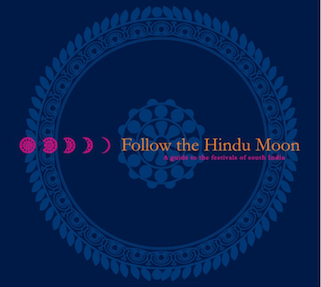|
The Indian Analyst
|
South Indian Inscriptions |
BOMBAY KARNATAKA INSCRIPTIONS VOLUME III The Early Chalukyas The earliest dynasty of which we have inscription in this volume is that of the Early Chalukyas of Badami. Inscription No. 1 which is of the reign of Vikramaditya of this dynasty is not dated but may be assigned on palaeographic grounds to the 7th century A.D. Consequently the Vikramaditya of this record is probably Vikramaditya I who ruled from A.D. 655 to A.D. 681. This record mentions a chief named Kali Sinda who was apparently a feudatory of the king. He does not seem to have been known hitherto. Of Vikramadityaâs grandson Vijayaditya, we have three records. Of these, No. 4 is of some interest as it mentions a person named [Siri]sagara. Names ending is sagara, such as Ranasagara, Prithvisagara and Gunasagara are common in the family of the Alupas of the West Coast. It is also well known that the chiefs of this family were subordinates of the Chalukyas from the time of Vinayaditya and that the two families were matrimonially connected. Consequently it may not be wrong if we surmise that the Sirisagara of the present record was scion of this family. If so, he will have to be regarded as a hitherto unknown Alupa chief. Another Chalukya inscription which deserves notice is from Devageri (No. 6). Though the name of the king and the date of the inscription are not preserved, its characters are assignable to about the 7-8th century A.D. It states that a hero fought with Erincholarasa and died at Chendur. The name Erinchola is closely allied to Elanchola-Maharaja, Elanchola-Mahadevi and Elanjola of the family of the Cholas of Renandu. On account of the mutilated condition of the inscription, it is not possible to say under what circumstances the fight referred to therein took place or who the contending parties were. It is not improbable however that the death of this hero occurred in one of the series of battles that took place at this time between the Pallavas and the Chalukyas; for, we know that the Cholas of Renandu were originally the subordinates of the Pallavas and were subjugated later by the Chalukyas and acknowledged their supremacy. A record (No. 7) mentioning two chiefs Vanasatti-Arasa and KundasattiâArasa, whose relationship to each other is not specified, may be appropriately noticed under the early Chalukyas. Palaeographically this inscription may be assigned to about the 6-7th century A.D., during which period, the Chalukyas were the paramount rulers of this part of the country. The name Vanasatti and Kundasatti bear a close resemblance to those borne by the Sendraka chiefs such as Bhanusakti, Adityasakti and Bhimaatti. It is also known that some of the chieftains of this family owed allegiance to the Chalukya kings and one of them, viz., Senannda had even family relationship with them. He was maternal uncle of Pulakesin II. Vakkatakanadevi who figures in this record probably belonged to the Vakataka family, as suggested by her name.
No.
1 (B.K.
No. 14 of 1932-33) Devageri, Haveri Taluk, Dharwar District Stone
on the tank brand near the temple of Yellamma Vikramaditya
I â (Date lost) This fragmentary record mentions [Vi]kramaditya Satya[sray]a. It seems to register a certain gift made at the request of Kali-Sinda. The characters in which the record is engraved, belong to about the 7th century A.D. It is interesting to note that a portion of the record is written in Sanskrit and the prasasti of the Chalukya family, usually found only in copper-plate grants, is given here. No.
2 (B.K.
No. 44 of 1932-33) Ganajur,
Haveri Taluk, Dharwar District Stone
set up on the tank bund Vijaya[ditya]
â (Date lost) This
record is engraved in characters of about the 8th century
A.D. and it seems to refer itself to the reign of Vijaya[ditya].
Being fragmentary and mutilated, its purport cannot be made out. No.
3 (B.K.
No. 16 of 1933-34) Bannikop,
Bankapur Taluk, Dharwar District Slab
lying in front of the temple of Bhima Vijayaditya
â (Undated)
\D7
| |||||||||||||||||||||||||||||||||||||||||||||||||||||||||||||||||||||||||||||||||||||||||||||







